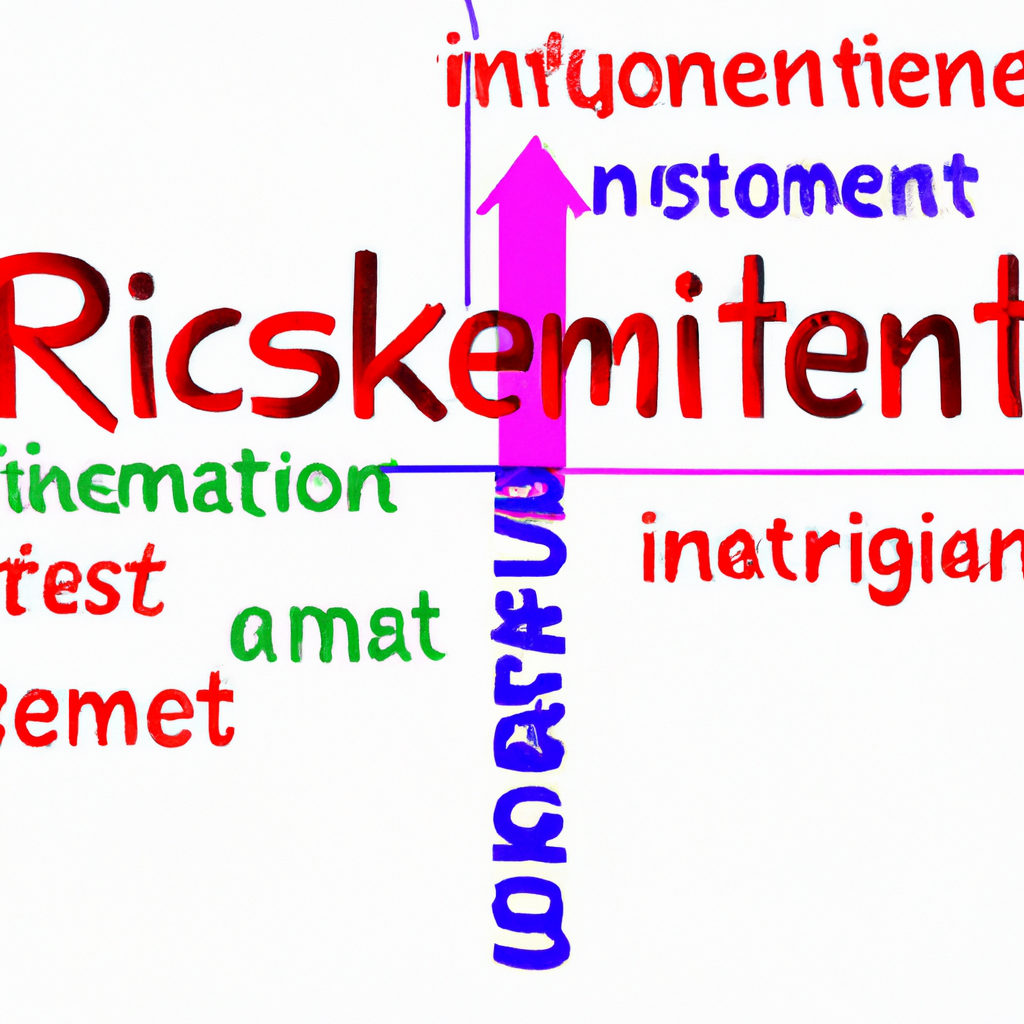
Investment Risk Management: Safeguarding Your Financial Future
Introduction
Investing is a crucial aspect of building wealth and securing a comfortable financial future. However, with the potential for both gains and losses, it is essential to understand and manage the risks associated with investments. In this article, we will explore the concept of investment risk management and provide valuable insights to help you safeguard your hard-earned money.
Understanding Investment Risk
Investment risk refers to the possibility of losing some or all of the capital invested due to various factors such as market volatility, economic downturns, or poor investment choices. While risk is inherent in any investment, it can be effectively managed to minimize potential losses and maximize returns.
Diversification: Spreading Your Risk
One of the key strategies in investment risk management is diversification. By spreading your investments across different asset classes, sectors, and geographical regions, you can reduce the impact of any single investment’s poor performance on your overall portfolio. Diversification helps to balance risk and potentially increase returns by ensuring that losses in one area may be offset by gains in another.
Asset Allocation: Balancing Risk and Return
Determining the appropriate asset allocation is another crucial aspect of investment risk management. Asset allocation involves dividing your investment portfolio among various asset classes, such as stocks, bonds, real estate, and cash. The allocation should be based on factors such as your risk tolerance, investment goals, and time horizon. A well-balanced asset allocation can help mitigate risk by spreading investments across different types of assets with varying levels of risk and return potential.
Regular Monitoring and Review
Investment risk management is an ongoing process that requires regular monitoring and review. Market conditions, economic factors, and individual investment performance can change over time, necessitating adjustments to your portfolio. By staying informed and regularly reviewing your investments, you can identify potential risks and take necessary actions to mitigate them. It is advisable to consult with a financial advisor who can provide expert guidance based on your specific investment objectives and risk tolerance.
Risk Assessment and Risk Appetite
Before making any investment decisions, it is crucial to assess your risk appetite. Risk appetite refers to your comfort level with taking on different levels of investment risk. Factors such as age, financial goals, and personal circumstances influence your risk appetite. By understanding your risk tolerance, you can align your investment choices accordingly, ensuring that they are in line with your comfort level and long-term financial objectives.
Utilizing Risk Management Tools
Various risk management tools are available to assist investors in managing investment risks. These tools include stop-loss orders, limit orders, and options strategies. Stop-loss orders automatically sell an investment if it reaches a predetermined price, limiting potential losses. Limit orders allow investors to set a specific price at which they are willing to buy or sell an investment, helping to control the execution price. Options strategies, such as buying put options, offer insurance against potential market declines. Understanding and utilizing these tools can enhance your investment risk management capabilities.
Conclusion
Investment risk management is essential for safeguarding your financial future. By diversifying your portfolio, balancing asset allocation, regularly monitoring investments, assessing risk appetite, and utilizing risk management tools, you can effectively manage and mitigate investment risks. Remember, while risk is an inherent part of investing, informed decisions and proactive risk management can help you navigate the investment landscape with confidence and increase your chances of long-term success.





